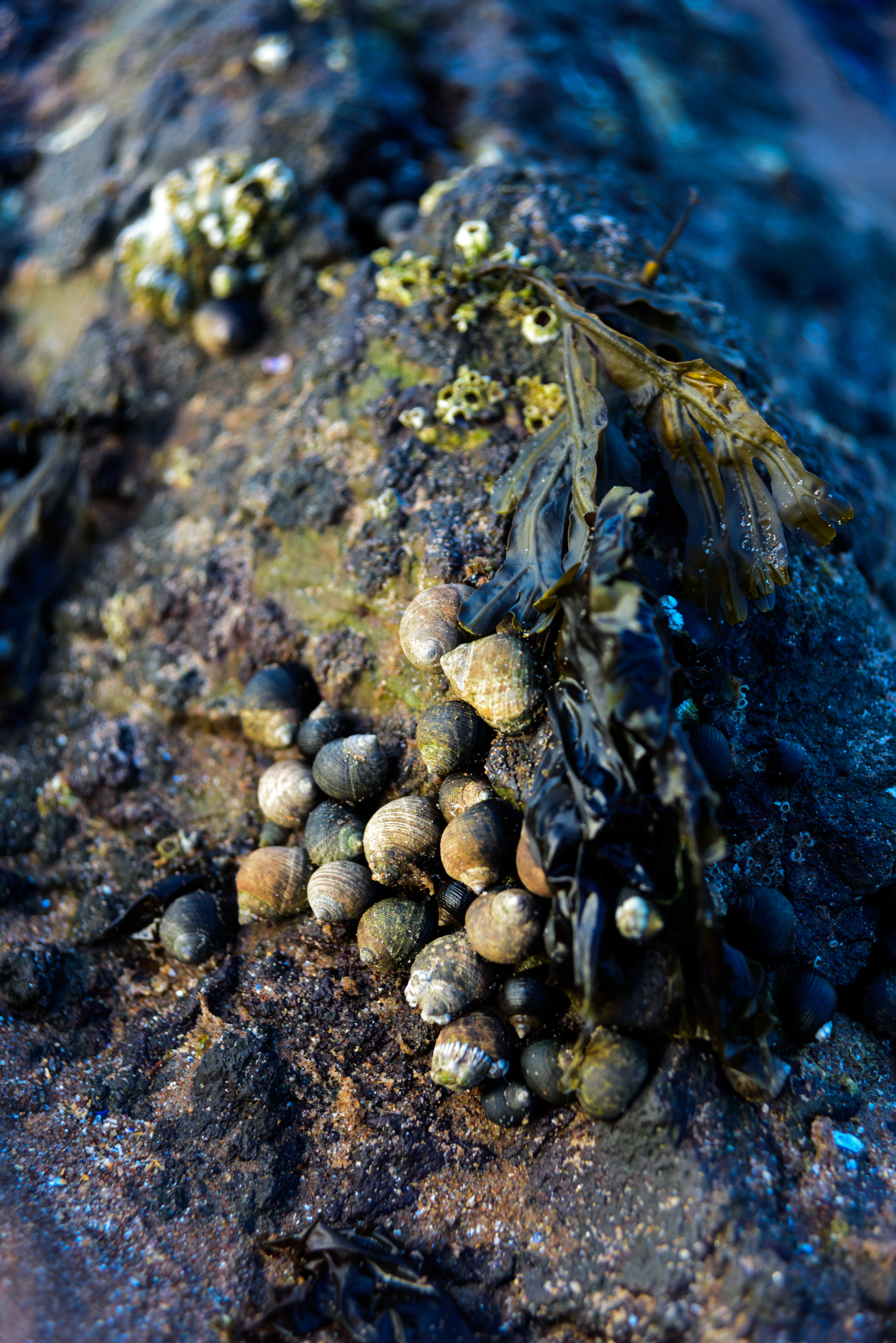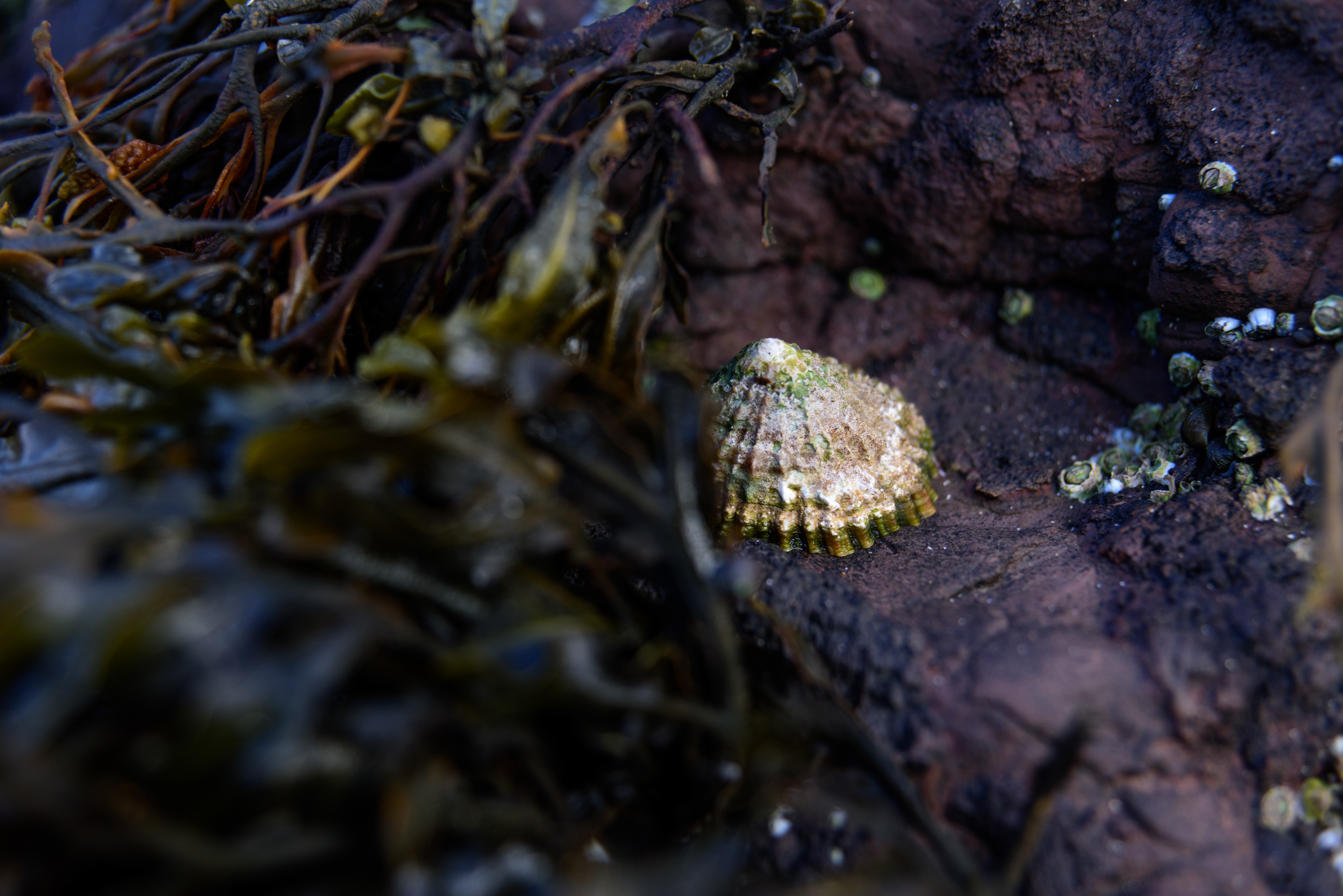Formerly Ecclesgreig, St Cyrus or Saint Cyrus is a coastal village lying 36 miles south of Aberdeen in Scotland. The pure golden beach with imposing volcanic cliffs and windswept dunes runs for 3 miles, from the small village of St Cyrus to the mouth of the North Esk River.





The nature reserve on the St Cyrus beach is part of Montrose Bay and is home to a diverse set of plant life (over 300 different species) and wildlife including whales, dolphins, seals and a host of birdlife too (over 70 different species of bird having been recorded here), some of these living at their most northerly point in Scotland.St Cyrus is home to the story of the ghost of the blind piper and his dog whose pipes and dogs barking are said to still echo through the beaches caves where they disappeared a long long time ago.
Who was Saint Cyrus? Cyrus lived in Alexandria, Egypt during the 3rd and 4th Century AD. He practiced the art of medicine in a workshop which would go on to became a church, administering his healing free of charge and turning many a Pagan to Christianity by saying “Whoever wishes to avoid being ill should refrain from sin, for sin is often the cause of bodily illness.”
Later in his life he abandoned medicine to live a life of asceticism, giving up sensual pleasure.
During the Diocletianic or Great Persecution in the year 303 AD, (the last and most severe persecution of the Christians during the Roman Empire), three holy virgins named Theoctista (15 years old), Theodora (13 years old) and Theodossia (11 years old) were arrested and Cyrus and his ally Wonderworking Unmercenary John, went to the girls to give them strength them to keep the faith and go for martyrdom. History says Cyrus and John were caught in this act and so beheaded on the 31st January, the date the Copts celebrate the martyrs with a feast.
The bodies of the two martyrs were placed in the Church of St. Mark the Evangelist in Alexandria.






However, the former name for the area was Ecclesgreig, scots for Church of Greig. Greig, otherwise known as Grig was a 9th century Pict leader and is widely credited with establishing a church here. He is also known as Ciric, which is where St Cyrus is derived.